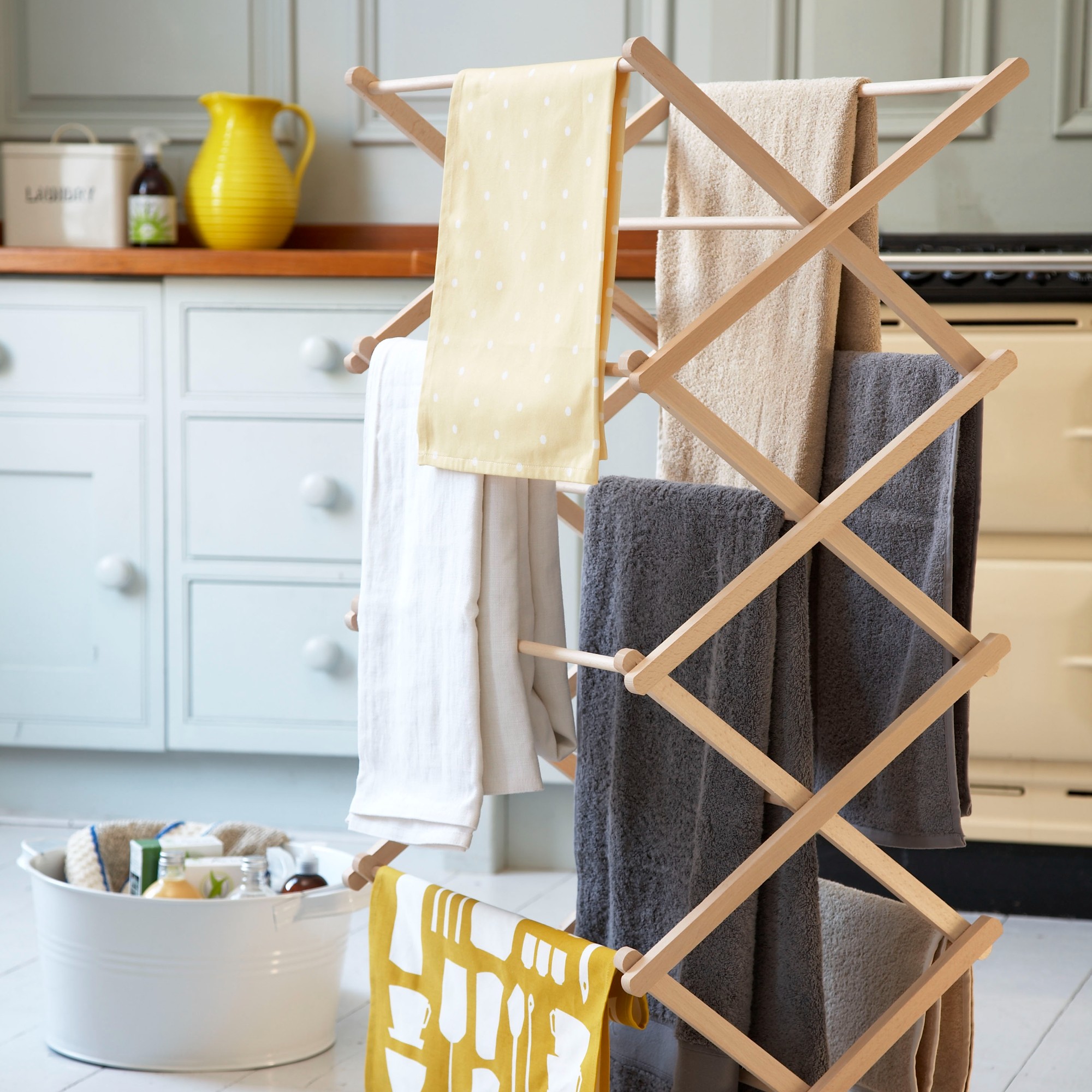
In the colder, wetter months, getting laundry dry can be a full chore in and of itself, so you may well be asking yourself – do dehumidifiers dry clothes? After all, they're the go-to gadget to keep damp at bay from our homes, so can they help with never-ending piles of laundry, too?
Well the short answer, you'll be pleased to hear, is a resounding yes. In fact, some of the best dehumidifiers even have a special laundry mode, which, with one click, will set the fans on high to extract the surrounding moisture from the air and push back out warm air, naturally bringing the humidity levels down to around 40% which is the perfect setting for drying clothes.
Even if you don’t have a dehumidifier with a dedicated laundry mode, don’t worry because all dehumidifiers can help to dry clothes, saving you plenty of time and money over the colder months. Here's what you need to know...
Can you use a dehumidifier to dry clothes?
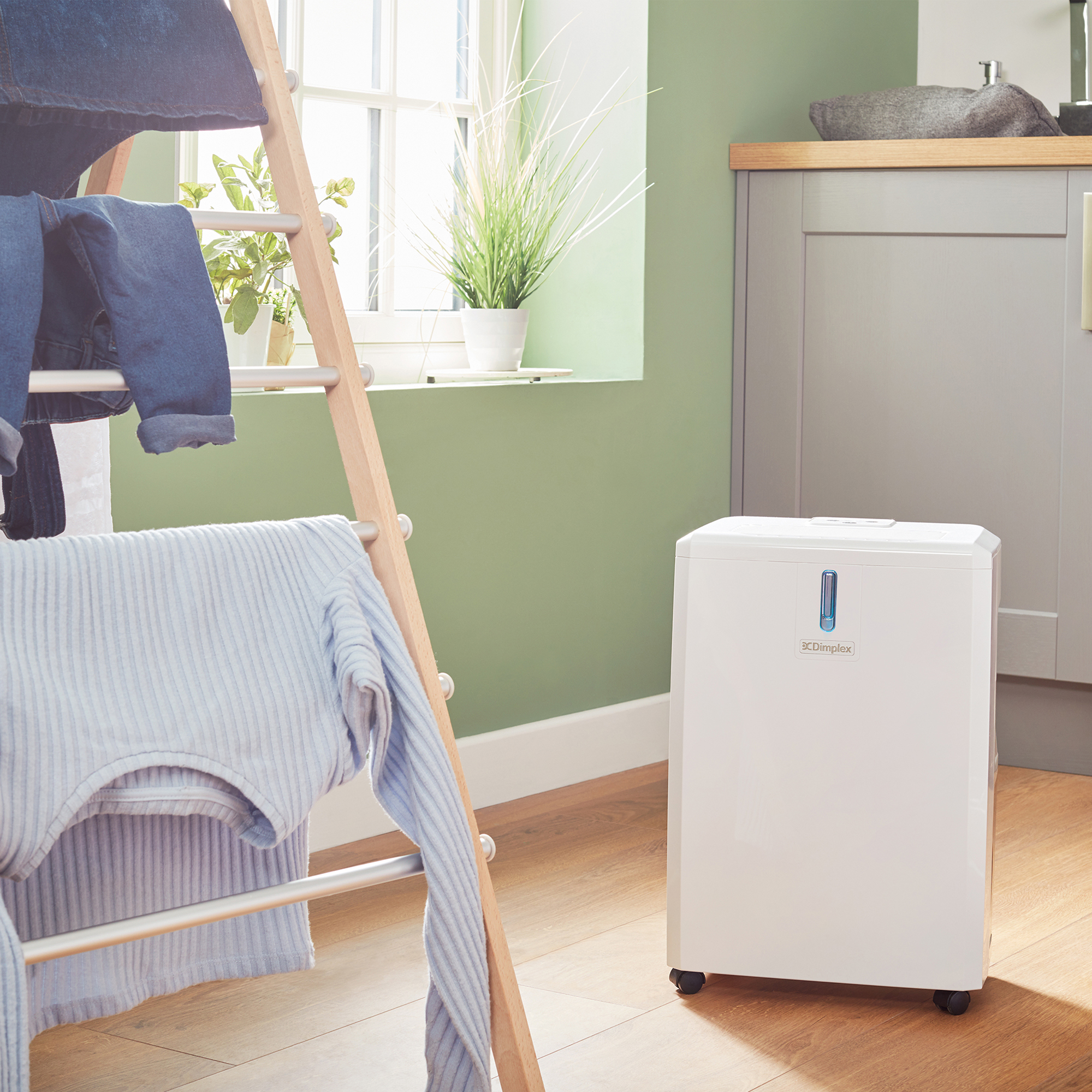
To reiterate – yes, dehumidifiers will help with drying laundry. After all, they work by drawing in moist air, cooling it to turn it into water and then collecting it in a water tank before pushing warm, dry air back out into the room.
Dehumidifiers can help dry laundry indoors by recreating warm, dry and airy environments that would be found when drying clothes outside on a washing line. Because the machines suck the moisture out of the air, the laundry dries quicker, which means you won’t be left with piles of wet washing hanging around the house.
If you are sick of waiting for days for your laundry to dry inside only for it to smell musty and damp when it's done, or you’re spending a fortune using a tumble dryer, a dehumidifier could be the answer to your problem.
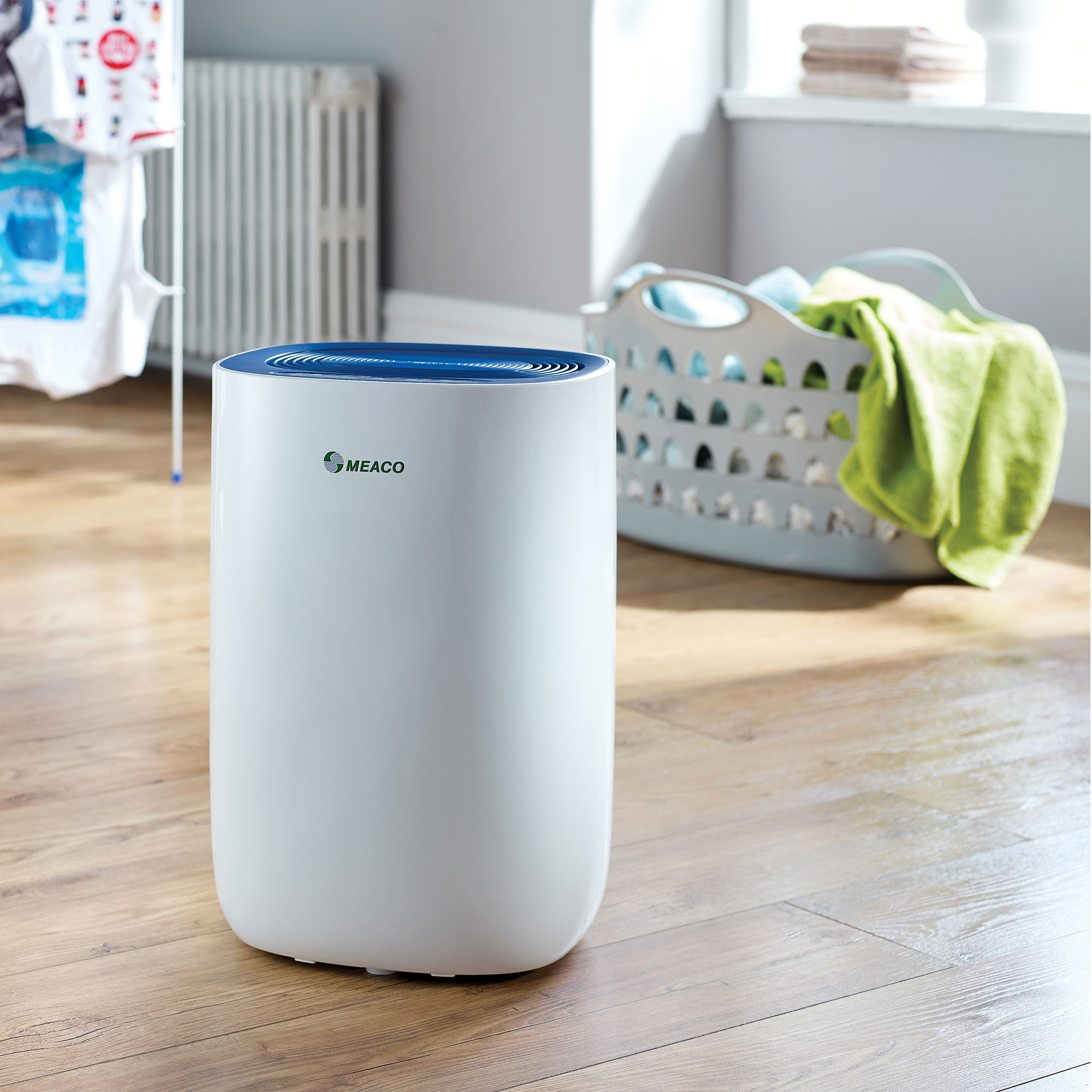
'A dehumidifier is a great solution to speed up the drying of washing indoors,' agrees Chris Michael, managing director at appliance brand Meaco. 'While the dehumidifier is drying the clothes, it also protects the room that the clothes are in from potential damage that would otherwise occur due to the increase in moisture, such as damp and mould issues.'
'Most dehumidifiers can help dry laundry and remove this moisture from the air, but some can do it better than others. A 12-litre compressor is best for one person with a limited amount of washing to be dried, and one of the larger machines will be best if you’re drying washing for 3-4 people on a regular basis. A 25-litre is best for those that have larger families or large volumes of washing every week.'
How long do clothes take to dry with a dehumidifier?
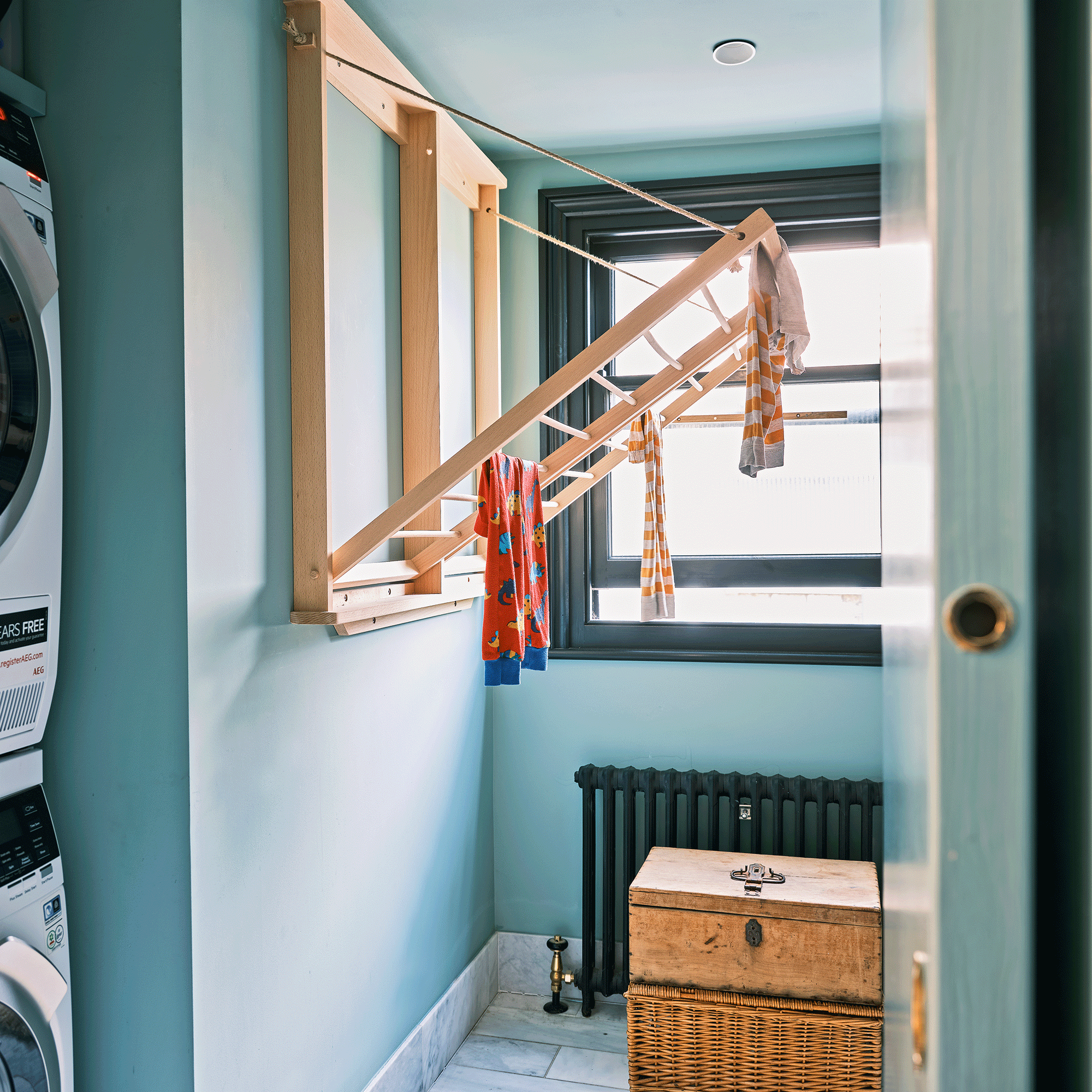
This depends on a couple of factors such as size and type of dehumidifier, the amount of laundry, the type of fabric, and the humidity level already in the air.
Generally, it can take anywhere between four and six hours to dry a load of laundry. However, if your washing basket contains heavier items such as towels or jeans, then it may take a bit longer.
'Many dehumidifiers even have laundry modes, which is a setting that sees the unit run for six hours at full speed,' notes Chris. 'This is typically how long is required to dry an average load of wet washing. The dehumidifier will then switch itself off to save electricity.'
To speed up the drying process then it is worth placing the dehumidifier in a room with good airflow and make sure that all windows and doors are closed. When putting your clothes out on the drying rack, be sure to space them out evenly, leaving some space in between items. Another top tip is to use a bed sheet to speed up drying times.
'The smaller a space, the smaller the air volume, and the faster a dehumidifier can reduce the humidity in the room,' explains Chris. 'If drying laundry, selecting as small a space to do so will enable the dehumidifier to dry washing quicker, improving energy efficiency.'
What setting should I put my dehumidifier on to dry clothes?
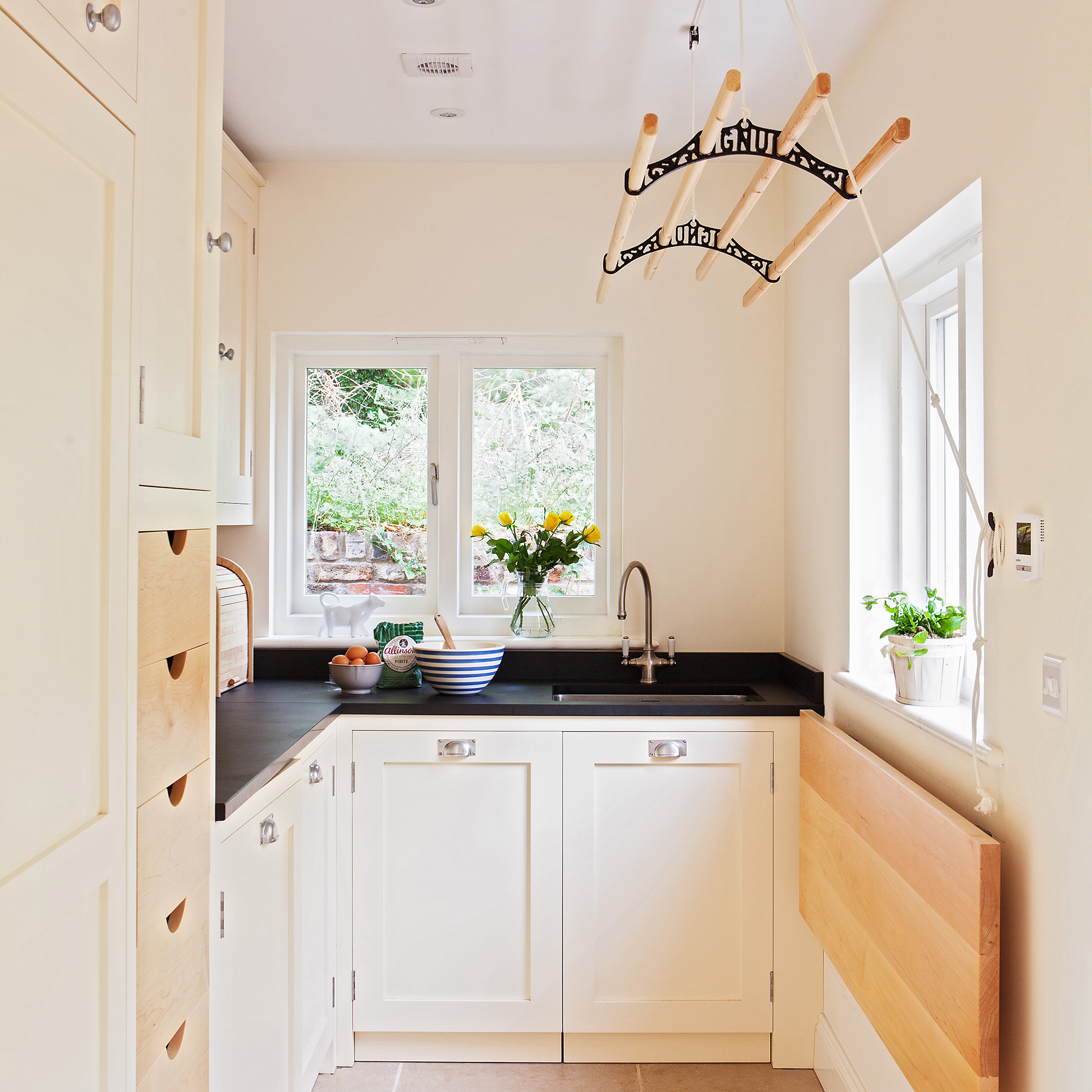
As we've mentioned, a lot of models come with a dedicated laundry mode. This mode typically uses a higher fan speed and a more aggressive dehumidification cycle to help clothes dry faster. Models such as the MeacoDry Arete One will automatically switch off after six hours when placed in laundry mode so that it saves energy.
If your model doesn’t have a specific mode, then don’t worry, you can still use it to dry your clothes. Select continuous mode and reduce the humidity setting to around 40%, which is ideal for drying clothes and will prevent the dehumidifier from over-drying the air.
Manufacturers will state the maximum room size that the dehumidifier is suited for and it’s worth keeping this in mind as you’ll need one that will match the room if you’re going to get the best results. There’s no point in having a small dehumidifier if you’re planning on using it in a large room and you have a large amount of laundry to dry.
Is it cheap to use a dehumidifier to dry clothes?
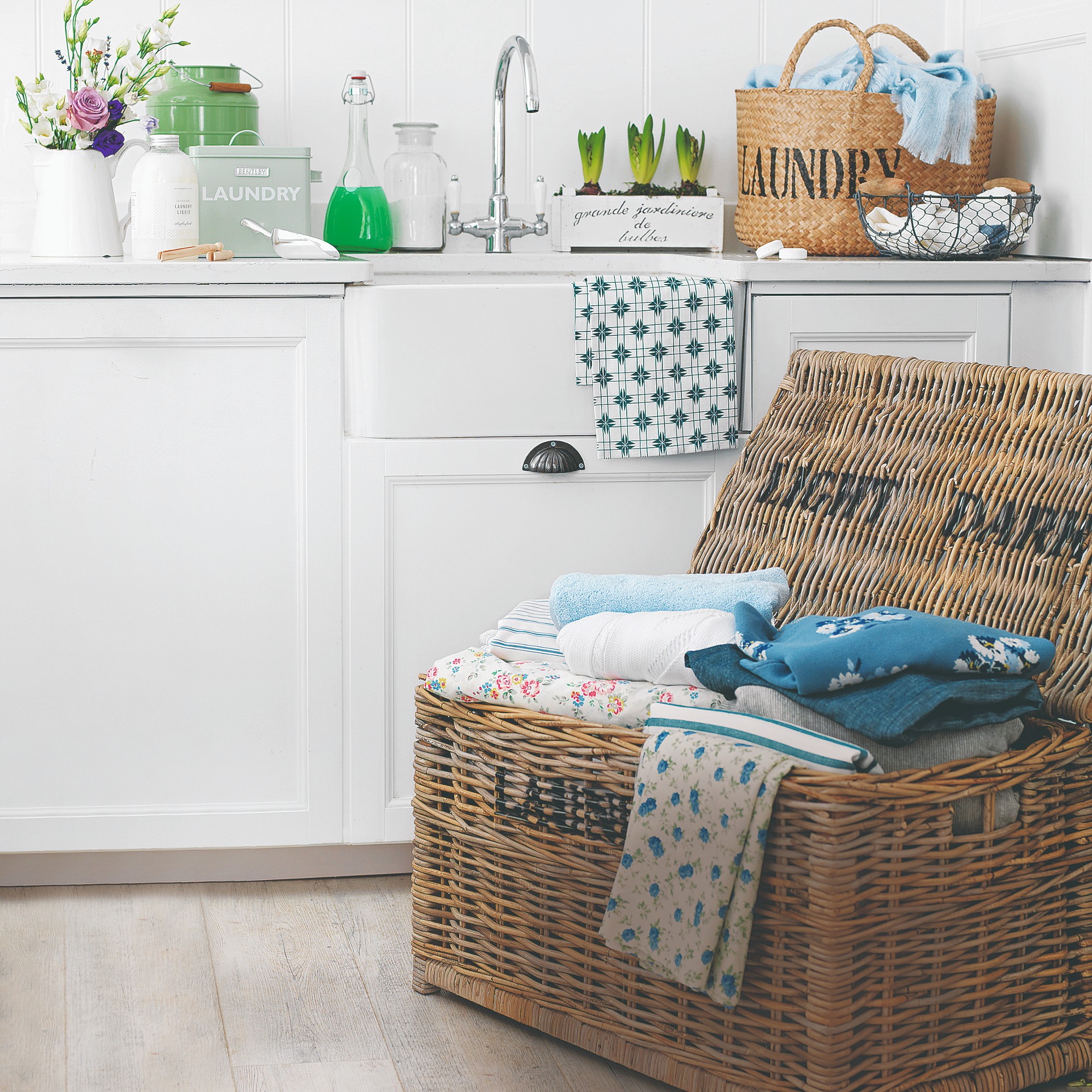
The cost to run a dehumidifier depends on a variety of factors. These include the size of the dehumidifier, its energy rating and how often you use it. Some models focus more on energy efficiency than others, so make sure you fully research the running cost of your particular machine before you purchase.
Nearly any model of dehumidifier is going to be far better for your bank account when compared to getting your clothes dry using a tumble dryer, however.
If you’re still on the fence about investing in a dehumidifier, then one of the best heated clothes airers might be just the ticket to help you get that laundry warm and dry without having to fork out for the tumble dryer.
The best dehumidifier for drying clothes
Pro Breeze's latest launch, the 20L Premium Dehumidifier with Special Laundry Mode, is the best dehumidifier for drying clothes that we've tested. We've given it a full review so you can learn even more.
Ignore that tumble dryer and put your dehumidifier onto double duty by helping to dry your clothes more quickly this winter.







